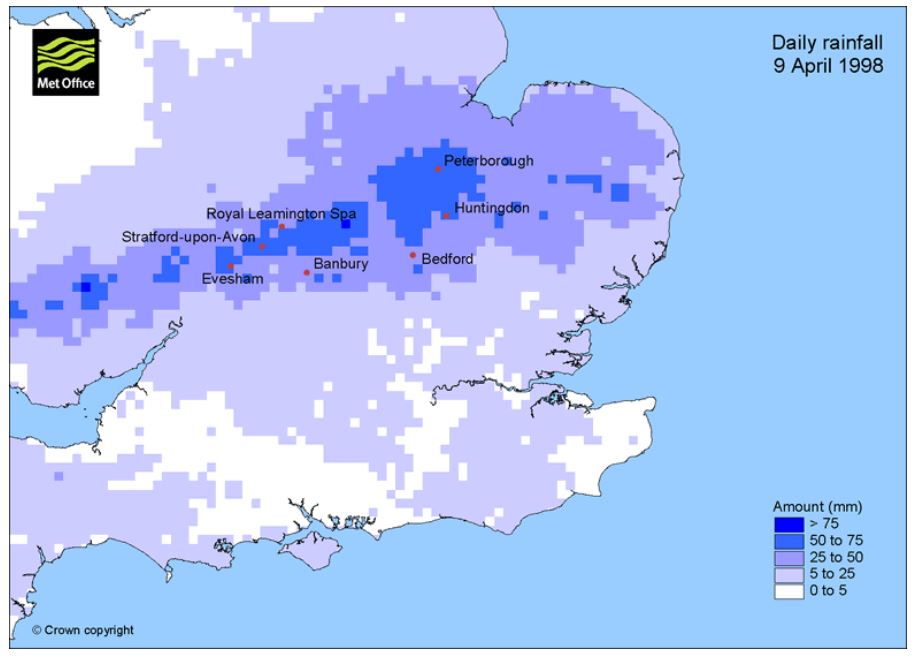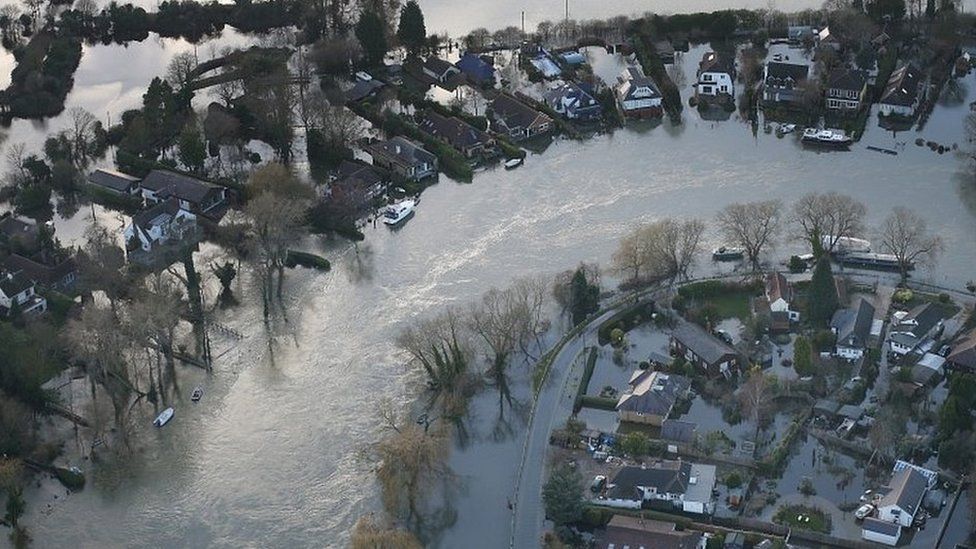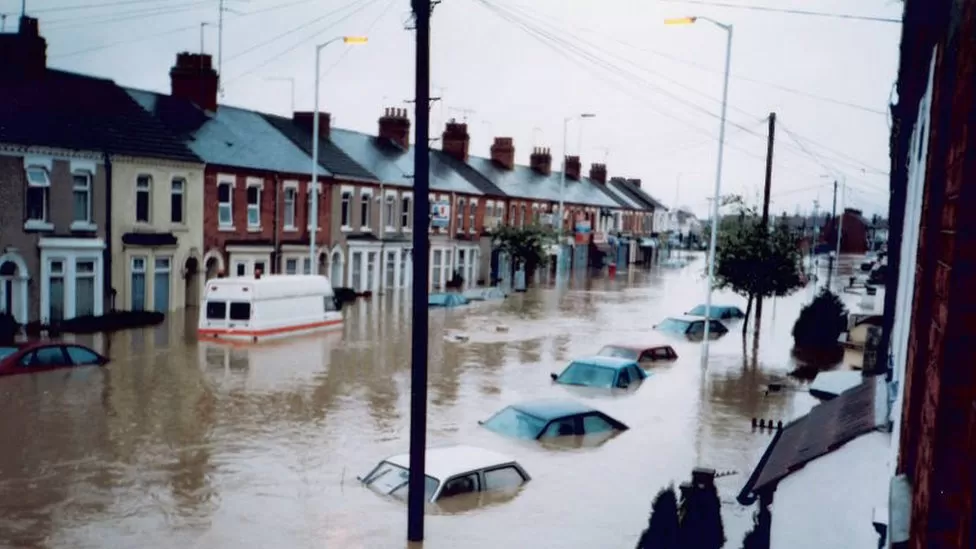On 9-10 April 1998, following an unusually wet spring, a stationary band of heavy rain affected the Midlands. With the ground already saturated, this led to severe flooding from excessive surface run-off and rivers such as the Avon, Ouse, Cherwell and Nene readily burst their banks. The wettest area, with up to 80mm of rain in 48 hours, stretched from Worcestershire towards The Wash and the flooded towns included Northampton, Stratford-on-Avon, Evesham, Leamington Spa, Bedford, and Huntingdon.


4 people lost their lives, over 150 people were hospitalised for flood-related injuries and hypothermia, and thousands had to be evacuated from their homes.
In total, more than 4,000 homes and businesses across the county were flooded, including some 2,000 properties in Northampton alone. Electricity supplies were lost and there was damage to cars, boats and caravan parks. Being a holiday weekend, this disruption hit particularly hard. The cost of the flooding has been estimated at £350m making it one of the most significant flood disasters in UK history.

During the 1980s and early 1990s, there were relatively few serious flooding incidents in the UK which led to a sense of complacency. On numerous occasions, Local authorities commonly granted planning permission for developments in the floodplain without any consideration of the flood risk. These included housing estates, supermarkets and retail parks on the edge of towns. There was also a reduction in spending on flood defence works as Local Authorities diverted funds into other areas.
The worst affected town was Northampton where two people died and 2,500 houses were flooded when the River Nene burst its banks. Most of the residents were unaware that they lived in a floodplain and were caught completely by surprise.
Environment Agency Criticised
This was the first major UK flood event to take place since the formation of the Environment Agency in 1995. There was heavy criticism over the lack of warning that people had received, and a public inquiry was called.
The Bye report highlighted that the emergency services were unsure of their responsibilities and that significant improvements could be made to the flood warning system. Ultimately, the 1998 Easter flood event initiated a major revision of UK flood management.
- The Environment Agency initiated a programme of flood risk mapping to identify at risk areas, and indicative flood plain maps were published on the internet.
- The Agency launched a publicity campaign for “Flood Awareness Week” in September 2000 using television, posters and newspapers to increase public awareness of flooding.
- They also established better communication channels with the Met Office and the emergency services.
- A number of studies into damage from flood events (from Middlesex University, Dundee University, and Insurance companies (CGU)) were undertaken and this work led to the development of the first UK river flood catastrophe model.
Twenty five years on…
The Environment Agency has invested more than £12 million in flood risk management in Northamptonshire over the last 25 years, and Northampton now has some of the best flood defences in the country.
In addition to this, the use of modern technology has improved the way authorities can warn people when flooding is possible.
Flood warnings give people valuable time to prepare for flooding – time that allows them to move themselves, their families and precious items to safety. Flood warnings can save lives and enable the emergency services to prepare and help communities.
You can sign up, for free, to receive flood warnings from the Environment Agency via your landline, mobile phone or email address. See www.gov.uk/flood for more details.
